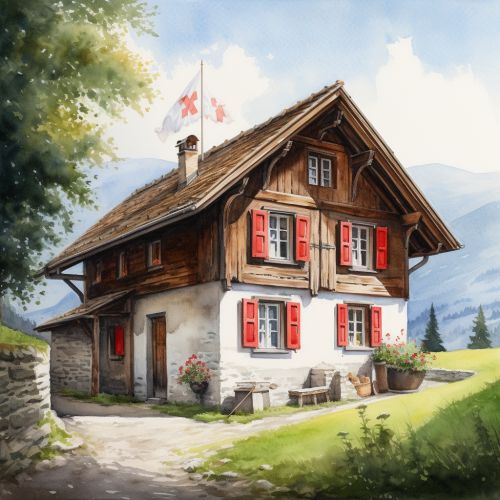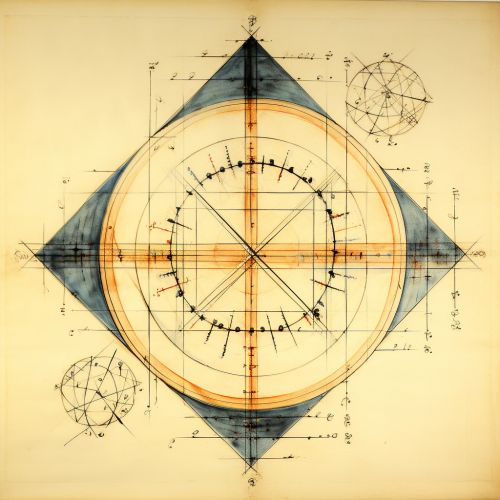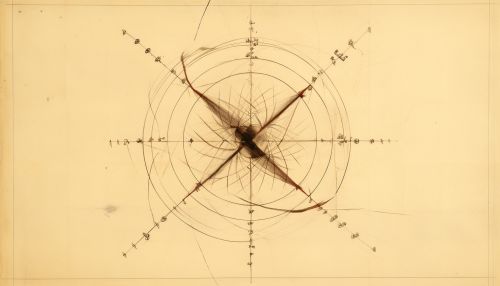Leonhard Euler
Early Life
Leonhard Euler was born on 15 April 1707, in Basel, Switzerland to Paul III Euler, a pastor of the Reformed Church, and Marguerite née Brucker, a pastor's daughter. He had two younger sisters, Anna Maria and Maria Magdalena. The young Euler was sent to live with his maternal grandmother in Riehen, where he attended primary school. His father, who had studied mathematics under the renowned Swiss mathematician, Johann Bernoulli, taught him mathematics at home.


Education
In 1720, Euler moved to Basel to live with his maternal grandmother and began his formal education at the University of Basel, where he enrolled in a theology and Hebrew program at his father's urging. However, his real interest lay in mathematics. He regularly attended Bernoulli's lectures and began to study mathematics independently. In 1723, Euler completed his Master's degree with a dissertation comparing the philosophies of Descartes and Newton.
Career and Contributions
Euler's professional career began in 1727 when he accepted a position in the St. Petersburg Academy of Sciences in Russia. He made significant contributions to various fields, including infinitesimal calculus, graph theory, mechanics, fluid dynamics, optics, astronomy, and music theory.
Infinitesimal Calculus
Euler made significant contributions to the field of infinitesimal calculus. He introduced much of the modern mathematical terminology and notation, particularly for mathematical analysis, such as the notion of a mathematical function.
Graph Theory
Euler's work in this area began with the problem known as the Seven Bridges of Königsberg. His solution of this problem is considered the first theorem of graph theory, specifically of planar graph theory.
Mechanics and Fluid Dynamics
Euler laid the foundation of analytical mechanics, especially in his Theory of the Motions of Rigid Bodies (1765). In fluid dynamics, Euler equations are among the most important and commonly used equations in the field, which he published in 1757.
Optics
In optics, Euler disagreed with Newton's corpuscular theory of light, which was then the prevailing theory. He proposed instead a wave theory of light.
Astronomy
Euler made important contributions to the field of astronomy. He calculated the orbit of comets and other celestial bodies. His work in astronomy was recognized by many, and he was awarded the Paris Academy Prize several times for his work on astronomy and related fields.
Music Theory
Euler also made a significant contribution to music theory with his 'tentamen novae theoriae musicae', attempting to incorporate music theory using a mathematical framework.


Later Life and Death
In 1773, Euler lost his sight completely after a failed surgery. However, his productivity in the field of mathematics did not decrease. Euler spent the last years of his life in St. Petersburg, Russia, where he died on 18 September 1783.
Legacy
Euler's work in mathematics and physics is extensive. His complete works fill about 60 to 80 quarto volumes. A statement attributed to Pierre-Simon Laplace expresses Euler's influence on mathematics: "Read Euler, read Euler, he is the master of us all."
